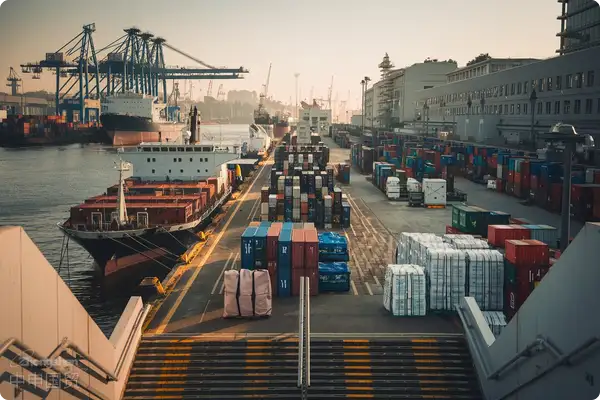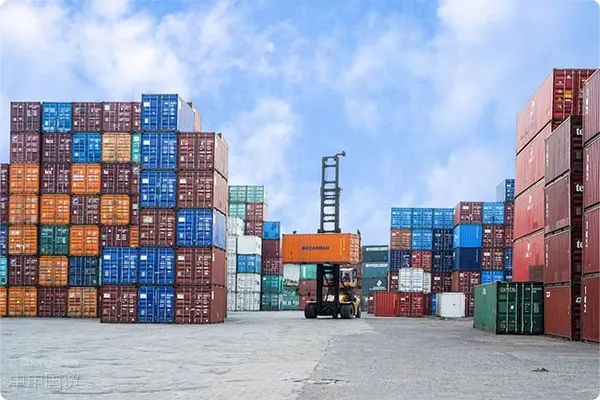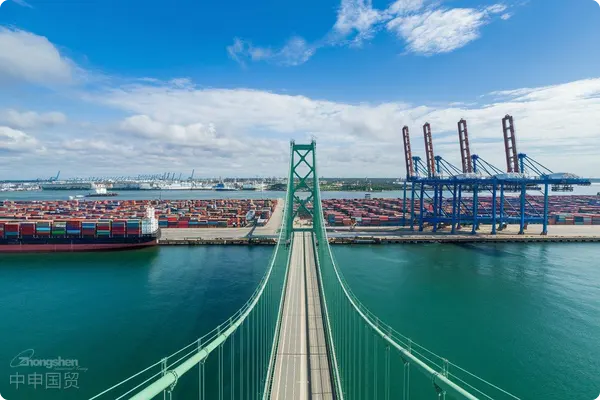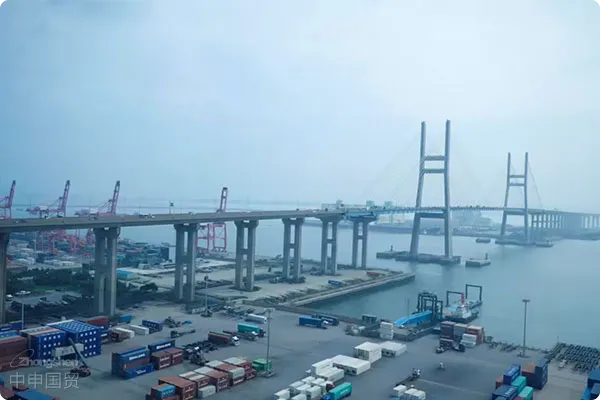- Shanghai Zhongshen International Trade Co., Ltd. - Two decades of trade agency expertise.
- Service Hotline: 139 1787 2118
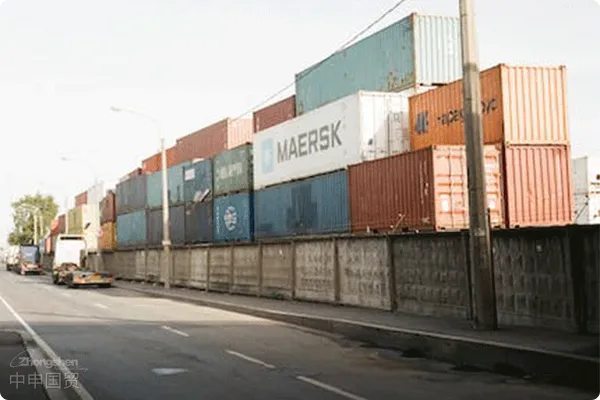
In international trade, import/exportExport Drawbackservices provide convenience for numerous enterprises, but fee structures vary across multiple models and are influenced by various factors. Understanding agencyimport and exporttax rebate fee standards is crucial for enterprises in cost control and selecting appropriate agencies. This article will thoroughly analyze common fee models, influencing factors, and how enterprises should evaluate these fee standards.
I. Common Import/Export Tax Rebate Agency Fee Models
Charging by the proportion of tax rebate amount
This is a relatively common fee model. Agencies charge service fees based on a certain percentage of the final tax rebate amount obtained by the enterprise. For example, they may charge a percentage such as 5% - 10% of the rebate amount. The advantage of this model is that for agencies, their income is directly linked to rebate results. If the rebate amount is high, the agencys income increases accordingly; for enterprises, when the rebate amount is uncertain, this fee model is relatively straightforward. If an enterprises export goods qualify for a large rebate, the service fee calculated proportionally may be higher in absolute terms but is proportional to the benefits.
Fixed Fee Model
Some agencies adopt a fixed fee model. Regardless of the enterprises rebate amount, the agency charges a fixed fee for providing import/export tax rebate services. This model suits situations where rebate amounts fluctuate minimally or enterprises have relatively clear expectations about rebate amounts. For enterprises, fixed fees facilitate cost budgeting and control, avoiding significant fluctuations in service fees due to changes in rebate amounts. For instance, some small enterprises with relatively stable import/export businesses and roughly predictable rebate amounts can choose agencies with fixed fees to avoid unnecessary cost risks.
Mixed charging mode
Hybrid Fee Model
Some agencies adopt a hybrid fee model, combining percentage-based and fixed fees. For example, they may charge a relatively low fixed fee as basic service costs, then charge additional fees based on a certain percentage when the rebate amount exceeds a certain threshold. This model combines the advantages of the previous two models, ensuring basic income for agencies while allowing additional compensation when rebate amounts are high, and providing enterprises with cost control flexibility under different rebate scenarios.
1. Business Complexity
II. Factors Influencing Import/Export Tax Rebate Agency Fee Standards
Complexity of Import/Export Operations
The complexity of import/export operations significantly influences fee standards. If the operations involve numerous product categories, complex customs documentation, or special circumstances in rebate policies (e.g., complex rebate policies for certain products), agencies often charge higher fees. For example, for import/export tax rebate agency services for high-tech products, due to their high technical content and stricter customs supervision and rebate policies, agencies need to invest more manpower and time in documentation processing and policy interpretation, resulting in relatively higher fee standards.
Enterprise Scale and Business Volume
Enterprise scale and business volume are also important factors influencing fee standards. Large enterprises typically have high import/export volumes and may negotiate more favorable fee standards with agencies. This is because agencies can reduce unit costs through economies of scale when handling large-scale operations. For small enterprises or those with minimal business volumes, agencies may charge relatively higher unit service fees based on cost considerations. For example, compared to a small enterprise with annual import/export volumes of only a few million dollars, a large enterprise with annual import/export volumes reaching hundreds of millions of dollars may enjoy lower percentage fees or more favorable fixed fees under the same agency services.
Market Competition Conditions
Cost-Benefit Analysis
When selecting an agency, enterprises must conduct a comprehensive cost-benefit analysis. They should not focus solely on the level of service fees but also consider factors such as the agencys service quality and professional capabilities. While lower fees may appear attractive, frequent issues in handling tax refunds—such as delays or reduced refund amounts—could ultimately result in greater losses for the enterprise. For example, a company might choose an agency with extremely low fees to save on costs, only to encounter frequent errors in customs declaration forms, leading to rejected refund applications. This would force the company to spend additional time and money resolving the issues, ultimately outweighing the initial savings.
Long-Term Partnership Considerations
From a long-term perspective, enterprises should seek agencies with reasonable and stable fee structures. Frequent adjustments to service fees by the agency can introduce uncertainty into the companys cost budgeting. Moreover, long-term partnerships foster better collaboration, enabling the agency to understand the enterprises business needs more deeply and improve service efficiency and quality. For instance, some companies have established multi-year relationships with their agencies, which may offer discounted rates or customized service plans based on the companys growth trajectory.
Conclusion
The pricing standards for import-export tax refund agency services are influenced by multiple factors, including different fee models and various considerations. When selecting an import-export tax refund agency, enterprises should evaluate service fees, the agencys professional competence, service quality, and their own business requirements. Only by taking all these factors into account can enterprises ensure smooth tax refund processes, achieve cost control, and enhance their competitiveness in international trade.
Related Recommendations
? 2025. All Rights Reserved. 滬ICP備2023007705號(hào)-2  PSB Record: Shanghai No.31011502009912
PSB Record: Shanghai No.31011502009912
